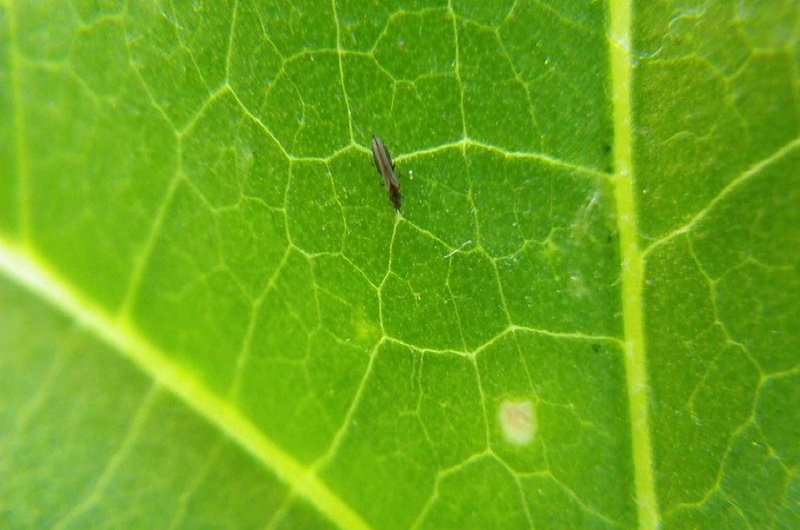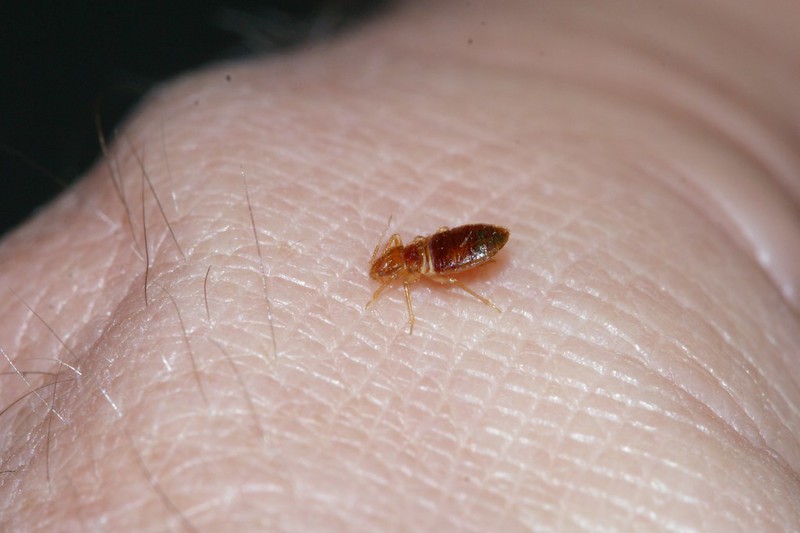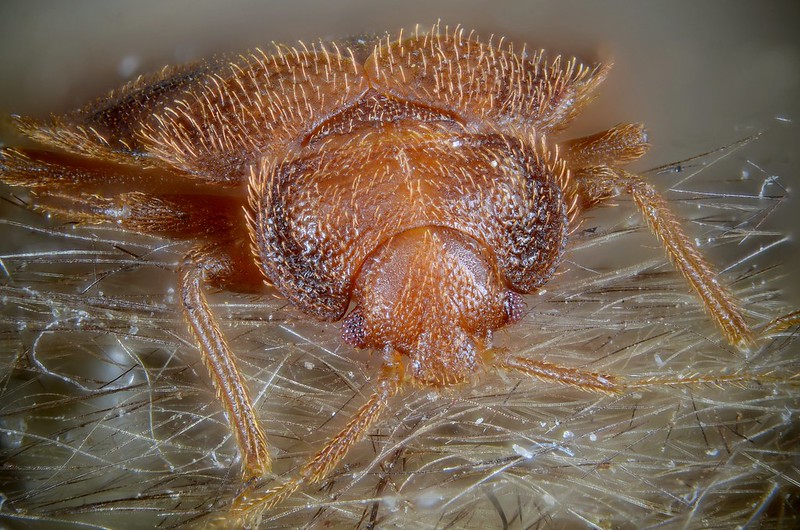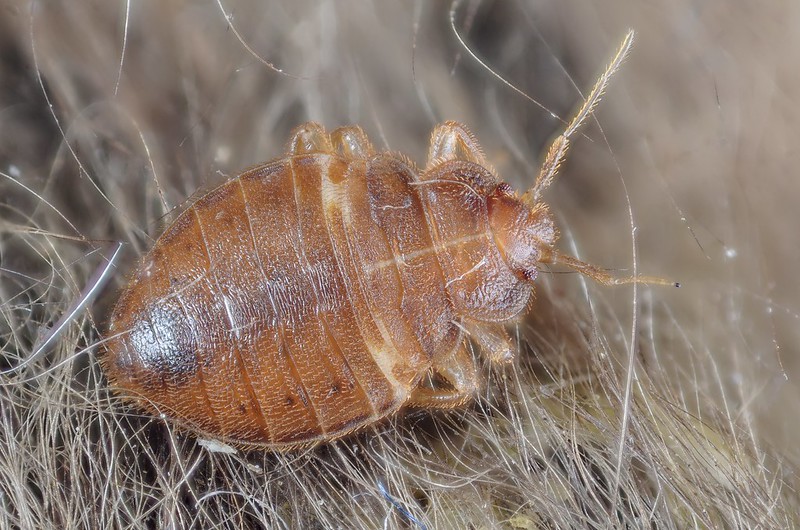The simplest way to detect a thrips population is to conduct a thorough visual inspection of the area.
Another method is to hang (or lay) sticky paper in and around your potted plants. As the thrips move about, they’ll get stuck on the paper, and you’ll be cleaning up the population at the same time!
Thrips are very tiny (often under 1/20th of an inch), and there are thousands of species, so it’s unlikely that you’ll be able to identify the exact species. Still, the good news is that most plant-feeding thrips are eminently treatable.
There are three primary ways to get thrips:
Exclusion
Exclusion is one of the best natural ways to deal with thrips. Because there are no insecticides or chemicals used, It’s entirely environmentally friendly.
For it to work, you’ll need to establish the entry point. Indoor thrips infestations almost always come from potted plants being brought inside.
If you’ve recently brought in an outdoor plant, either to relocate for the season or because you’ve cut off flowers for display — make sure to inspect it thoroughly for visible evidence of thrips.
Thrips feed on the plants they infest by puncturing the outer wall of the leaves/stalks and sucking out the juices. This leads to tell-tale signs, such as:
- Silver color to the leaves
- White blotches of scars
- Black feces left behind
Taking a close look at the plant, if any of these signs are evident, it’s quite likely that you’ve found the source of your thrips infestation.
Excluding thrips from your home can be as simple as putting the plant back outside, or trying to remove the infestation from the plant. You can eliminate the infestation through pruning, insecticides, or by using integrated pest management (i.e., introducing ladybugs or other natural thrips predators).
Insecticides
Insecticides are effective in treating thrips but be forewarned that due to their size, it can be difficult to make an effective one-step treatment.
Pyrethrin based insecticides seem to be the tool of choice for most pest management professionals in the US.
If you’re taking a DIY approach, make sure that you carefully follow the application instructions of the pesticide that you’re going to use. Many pesticides are meant for direct application onto the bugs, and given that thrips are often physically living on plants, you’ll need to be aware of how the chemicals will interact with the plant.
Systemic insecticides may be a good option for rapidly dealing with large agricultural infestations, which allow the plant to circulate the insecticide. This method ensures that wherever the thrips decide to feed, they’ll get an adequate dose of the chemicals.
Integrated Pest Management
Thrips have many natural predators that can help wipe out a thrips population without damaging the plants they’re living on.
This method is generally reserved for large, commercial agricultural applications, but those with greenhouses can also benefit.
Some commonly integrated pests:
- predatory thrip
- green lacewings
- pirate bugs
- mites




